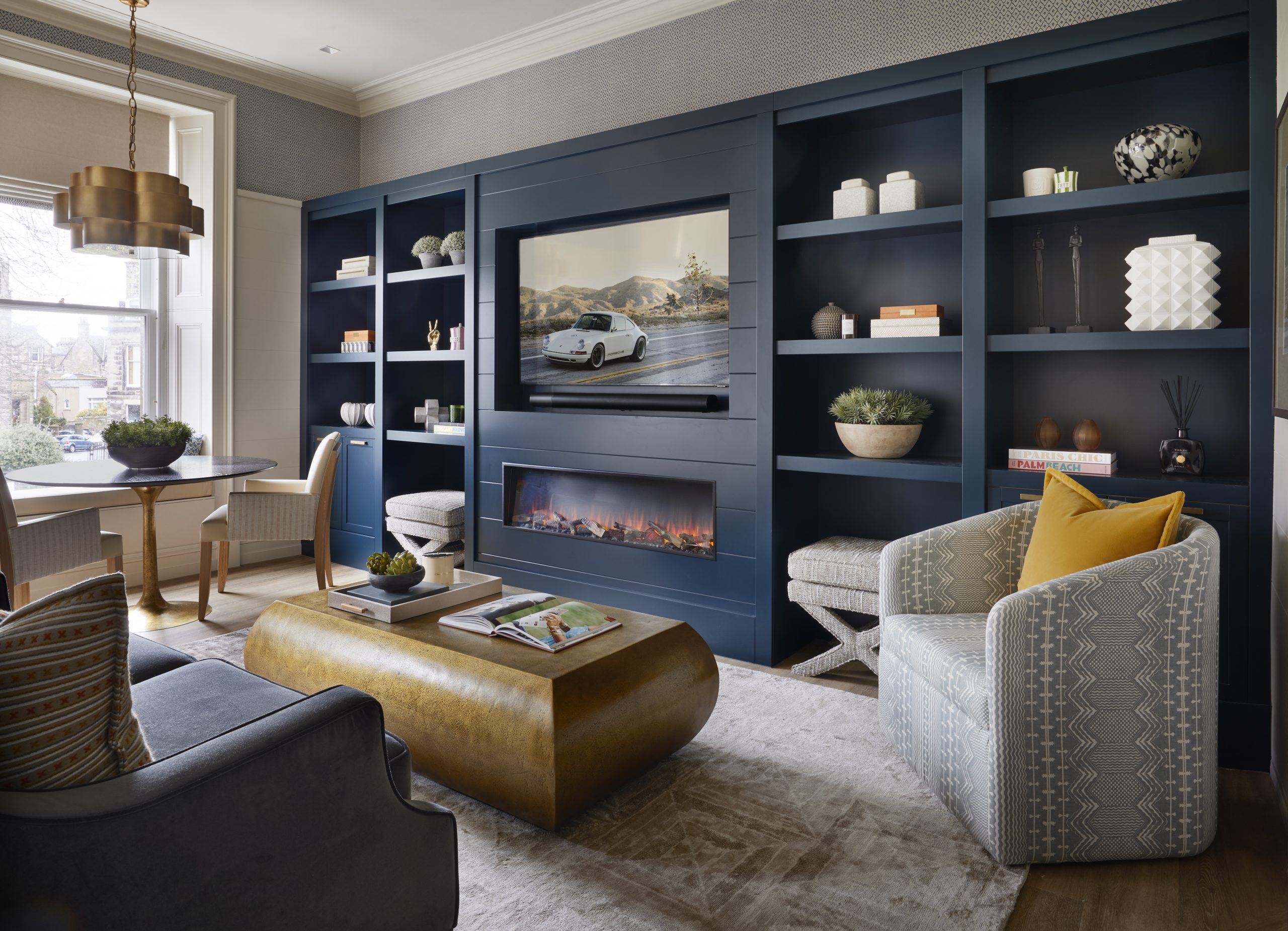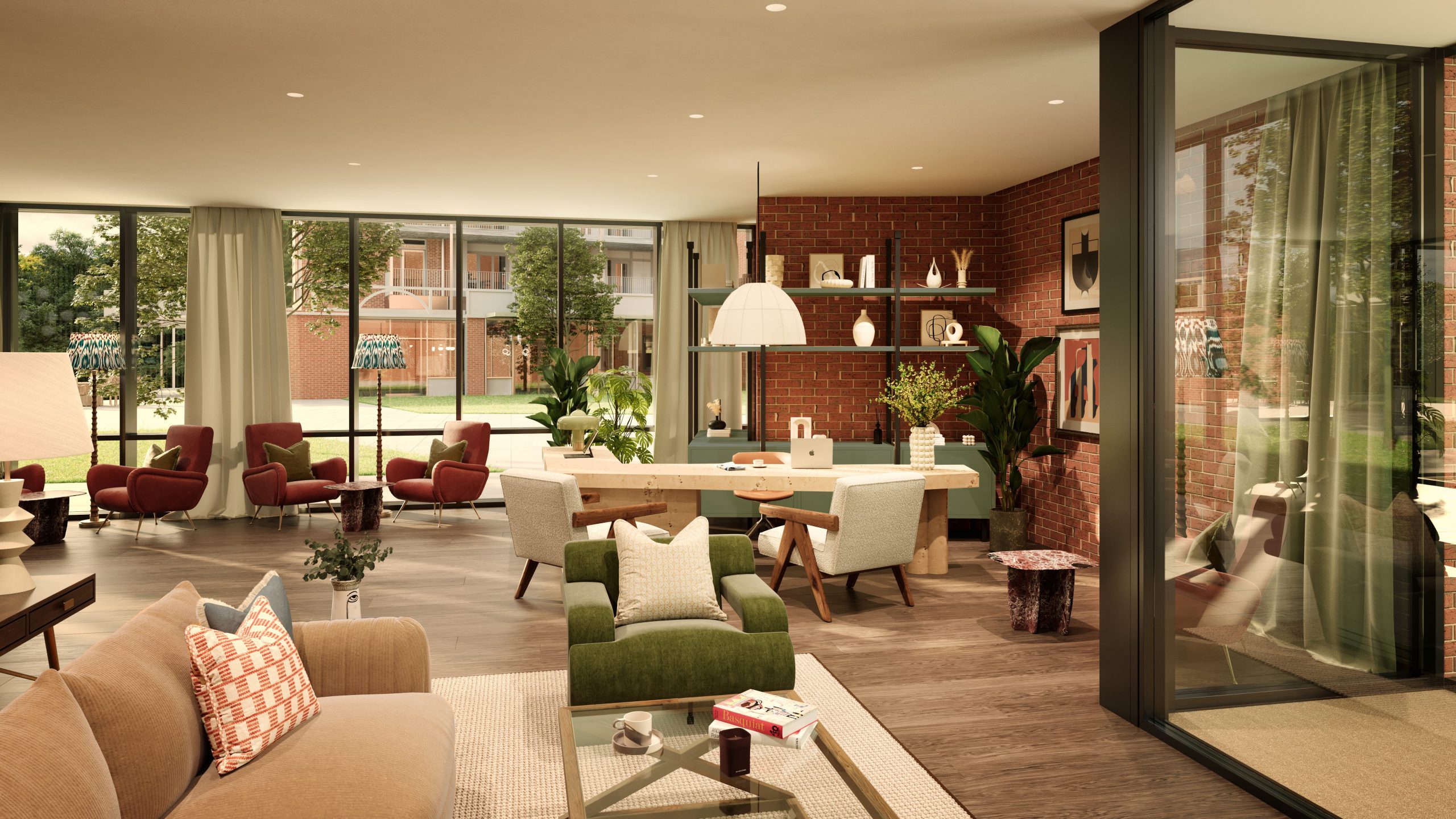Bernard Interiors has designed for the care and later living sector for over 12 years. Here we consider how design might evolve in this field to help protect residents and staff from pandemic infection.
There will be many lessons for all of us involved in care home design and operation to learn as more data on Covid-19 infection and transmission becomes available.
Care home operators will be well aware of the impact of Covid-19 on the physical and mental health of their residents and staff, as well as the economics, whether or not anyone in their homes has been infected. We must also remember that we are not going to be clear of the pandemic for some time to come.
In a recent blog for the King’s Fund1, geriatrician Professor Adam Wood and researcher Professor Claire Goodman talk about what care home staff have told them is needed to support the health and wellbeing of their residents.
This includes rapid access – hours not days – to PPE, rapid access to medical advice from general practitioners or other professionals such as advanced care practitioners or nurse prescribers, rapid access to medicines and support from palliative care teams where residents are very unwell and may not survive, and much more integration between care homes and the NHS.
The Older Peoples’ Commissioner for Wales2 Helena Herklots CBE has published a report based on the first-hand experiences of older people, their families and friends and care home staff during lockdown, the issues and challenges they have faced and the changes and improvements they would like to see.
We can use information like this to help refurbish existing care homes, including providing dedicated PPE storage to allow staff to respond rapidly and safely, reconfiguring inside space to reduce travel within the building, adding balconies or extra doors to make access to outdoor areas easier and installing automatic doors wherever appropriate.
For any care homes in the early stages of development we would expect the developers to be reviewing floorplans, access to the outdoors and the specification of interior materials for their antimicrobial properties at the very least.
For those care homes yet to reach the drawing board this is an opportunity to design in features to help control highly infectious diseases, possibly creating a new model for the future.
Depending on the plot size a new build care home could take a similar form to a retirement community. Separate accommodation units, each with their own outside space, would be arranged around a central hub, allowing the units to be quarantined if needed.
Guest suites could double as overnight accommodation for family members to visit residents in times of high infection, or as a ‘try before you buy’ facility for people thinking about care options when there is no risk of infection.
Dedicated office space for use by a nurse or doctor should also be available.
Our lifestyles have changed in a short time in response to Covid-19. We have got used to hand washing and sanitising at regular intervals throughout the day, and the availability of sanitising liquid in shops and health facilities is reassuring. So the idea of having integrated cleaning and hand sanitising stations – a hole in the wall concept like an ATM – designed into a care building now makes sense. The stations should be placed at regular intervals throughout the building to ensure easy access and the design should include automatic doors and sensors to deposit the gel. This idea would not have been considered in the UK before March this year.
Interior surfaces and materials – for bespoke joinery, doors, walls and floors – have a significant role to play, and should be specified for their antimicrobial properties to minimise the survival of viruses and bacteria. All hard surfaces should be flat and smooth to ensure ease of cleaning and to prevent bacteria becoming engrained.
With careful thought aesthetics do not need to be compromised to provide safer and more durable environments. For example we have developed table tops with contract grade lacquer which are able to withstand repeated use of D10 cleaner.
We have also designed bespoke furniture which takes into account ergonomics to suit older people as well as being upholstered in fabric with antimicrobial properties. The seat depth is shorter and the seat has a specific foam build up with bounce to help people transfer easily. The fabric is antifungal, E coli and salmonella resistant, impervious backed and stain resistant for 100,000 rubs.
The prospect of a ‘second wave’ of Covid-19 is now very real. Back in June Julie Pearce, Marie Curie3 chief nurse and executive director of quality and caring services stressed the need for evaluation, honesty about what could be improved and working together to ensure better preparedness in this event.
Best practice for all care home operators should now include demonstrating readiness, in their property and procedures, to deal with a second wave of Covid-19 or any new pandemic infection.
Sources
1. https://www.kingsfund.org.uk/blog/2020/04/tackling-covid-19-outbreak-care-homes
2. http://www.olderpeoplewales.com/en/news/news/20-06-21/Care_Home_Voices_A_snapshot_of_life_in_care_homes_in_Wales_during_Covid-19.aspx#.Xvpc7ihKjIV[http://www.olderpeoplewales.com/Libraries/Uploads/Care_Home_Voices_Report_e.sflb.ashx





